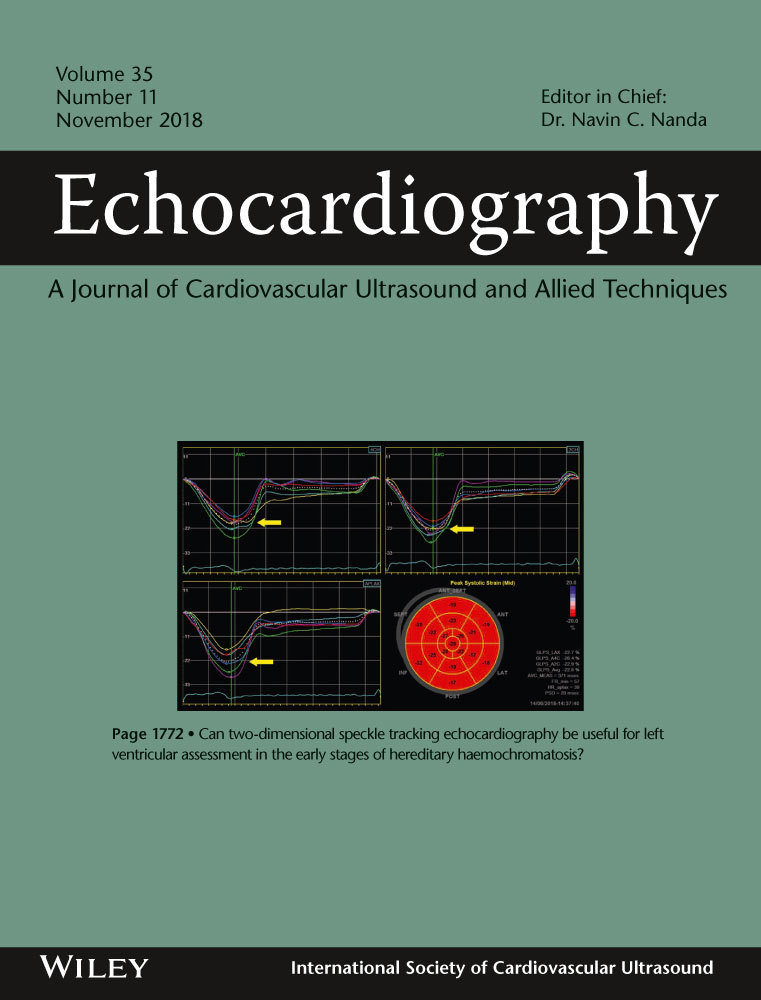Pulmonary vascular resistance versus pulmonary artery pressure for predicting right ventricular remodeling and functional tricuspid regurgitation
Funding information
This research was supported by grants from the Ministerio de Educación y Ciencia (AB-G, SAF2014-59892), Fundació La MARATÓ de TV3 (AB-G, 201502, 201516), CIBER Cardiovascular (AB-G, CB16/11/00403), and AdvanceCat 2014-2020 (AB-G), CIBER CV (JN, 16/11/00420), FEDER and PIE (JN, 15/00013).
Abstract
Background
Pulmonary hypertension (PH) is a common cause of right ventricular (RV) remodeling and functional tricuspid regurgitation (FTR), but incremental pulmonary artery systolic pressure (PASP) does not always correlate with anatomic and functional RV changes. This study aimed to evaluate a noninvasive measure of pulmonary vascular resistance (PVR) for predicting RV dilatation, RV dysfunction, and severity of FTR.
Methods
We prospectively analyzed consecutive stable patients with PASP ≥ 35 mm Hg or any degree of RV dilatation or dysfunction secondary to PH. Noninvasive PVR was calculated based on FTR peak velocity and flow in RV outflow tract.
Results
We included 251 patients, aged 72.1 ± 11.4 years, 53% women, 74.9% with type 2 pulmonary hypertension. The mean PASP was 48.3 ± 12.2 mm Hg. Both PASP and PVR significantly correlated with FTR, RV dilatation, and RV systolic dysfunction. After dichotomizing FTR and RV dilatation and systolic dysfunction as nonsignificant vs significant, FTR and RV dilatation were similarly predicted by PASP and PVR, but RV dysfunction was better predicted by PVR (AUC = 0.78 [0.72–0.84] vs 0.66 [0.60–0.73] for PASP, P < 0.001). Patients with low PASP but high PVR showed worse RV and left ventricular function but lower rates of right heart failure and smaller inferior vena cava, compared to patients with high PASP but low PVR.
Conclusions
Noninvasive PVR was superior to PASP for predicting RV systolic dysfunction, but both were similarly associated with RV dilatation or FTR grade. PASP and PVR complement each other to define the echocardiographic findings and clinical status of the patient.
CONFLICT OF INTEREST
The authors declare that there is no conflict of interest.




